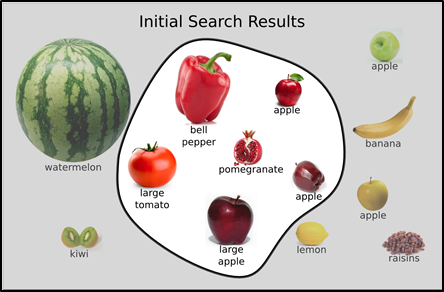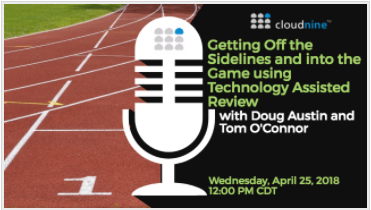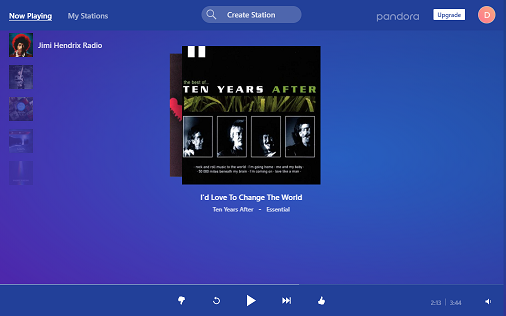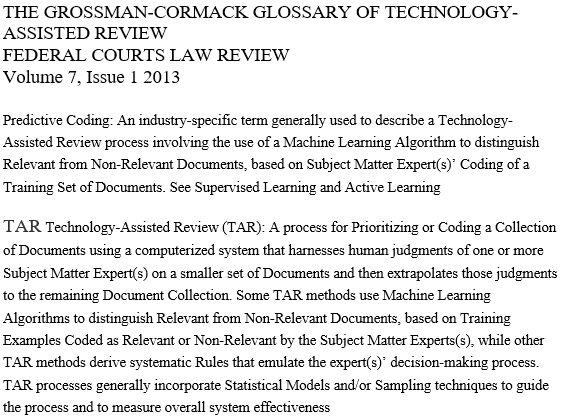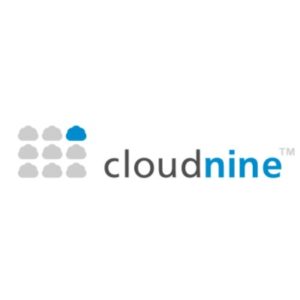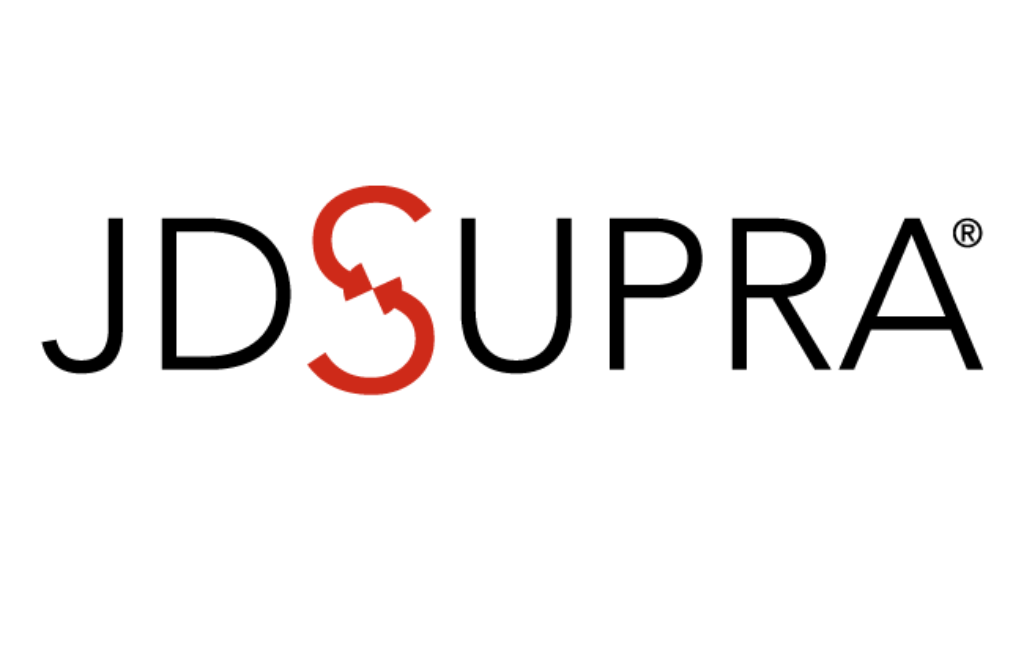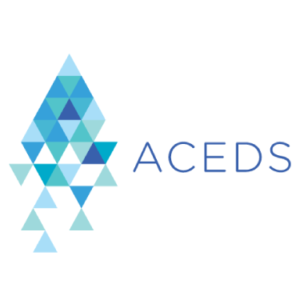Why Is TAR Like a Bag of M&M’s?, Part Four: eDiscovery Best Practices
Editor’s Note: Tom O’Connor is a nationally known consultant, speaker, and writer in the field of computerized litigation support systems. He has also been a great addition to our webinar program, participating with me on several recent webinars. Tom has also written several terrific informational overview series for CloudNine, including eDiscovery and the GDPR: Ready or Not, Here it Comes (which we covered as a webcast), Understanding eDiscovery in Criminal Cases (which we also covered as a webcast) and ALSP – Not Just Your Daddy’s LPO. Now, Tom has written another terrific overview regarding Technology Assisted Review titled Why Is TAR Like a Bag of M&M’s? that we’re happy to share on the eDiscovery Daily blog. Enjoy! – Doug
Tom’s overview is split into four parts, so we’ll cover each part separately. The first part was covered last Tuesday, the second part was covered last Thursday and the third part was covered this past Tuesday. Here’s the final part, part four.
Justification for Using TAR
So where does this leave us? The idea behind TAR – that technology can help improve the eDiscovery process – is a valuable goal. But figuring out what pieces of technology to apply at what point in the workflow is not so easy, especially when the experts disagree as to the best methodology.
Is there a standard, either statutory or in case law to help us with this determination? Unfortunately, no. As Judge Peck noted on page 5 of the Hyles case mentioned above, “…the standard is not perfection, or using the “best” tool, but whether the search results are reasonable and proportional.”
FRCP 1 is even more specific.
These rules govern the procedure in all civil actions and proceedings in the United States district courts, except as stated in Rule 81. They should be construed, administered, and employed by the court and the parties to secure the just, speedy, and inexpensive determination of every action and proceeding. (emphasis added)
The Court in any given matter decides if the process being used is just. And although we have seen ample evidence that computers are faster than humans, speed may not always equate to accuracy. I’ll leave aside the issue of accuracy for another day since two of the most interesting case studies, the EDI/Oracle study and the most recent Lex Geek “study” in which a human SME scored exactly the same number of accurate retrievals as the computer system.
I am most interested in pointing out that few if any studies or case law opinions address the issue of inexpensive. To his credit, Judge Peck did note in footnote 2 on page 3 of the Hyles opinion that “…some vendor pricing models charge more for TAR than for keywords.” but went on to note that typically those costs are offset by review time savings. With all due respect to Judge Peck, to whose opinion I give great credence, I am not sure that is necessarily the case.
Most case studies I have seen emphasize speed or accuracy and don’t even mention cost. Yet the increased emphasis on proportionality in eDiscovery matters makes this third requirement more important than ever. Maura Grossman does provide for this concern in her Broiler Chicken protocol but only to the extent that a concerned party should bring any issues to the Special Master.
The proportionality issue is an important one. Principle 4 of the Sedona Conference Commentary on Proportionality in Electronic Discovery states that “The application of proportionality should be based on information rather than speculation.” Absent specific statistics regarding TAR costs, it seems we are all too often engaging in speculation about the true cost a specific technology.
I am mindful of the decision in the case of In Re State Farm Lloyds in March of 2017 (covered by eDiscovery Daily here), in which the Texas Supreme Court, deciding a matter involving the form of production and noting it’s parity with the Federal Rules, remarked that one party made an assertion of an “… extraordinary and burdensome undertaking … without quantifying the time or expense involved.” Meaningful case studies and their statistics about the actual costs of various technologies would go a long way towards resolving these sort of disputes and fulfilling the requirement of FRCP 1.
Conclusions
Although the use of TAR has been accepted in the courts for several years, there is still a great deal of confusion as to what TAR actually is. As a result, many lawyers don’t use TAR at all.
In addition, the lack of definitions makes pricing problematic. This means that the several of the Federal Rules of Civil Procedure are difficult if not impossible to implement including FRCP 1 and FRCP 26(b)(1).
It is essential for the proper use of technology to define what TAR means and to determine not only the different forms of TAR but the costs of using each of them. Court approval of technology such as predictive coding, clustering and even AI all depend on clear concise information and cost analysis. Only then will technology usage be effective as well as just, speedy and inexpensive.
So, what do you think? How would you define TAR? As always, please share any comments you might have or if you’d like to know more about a particular topic.
Image Copyright © Mars, Incorporated and its Affiliates.

Sponsor: This blog is sponsored by CloudNine, which is a data and legal discovery technology company with proven expertise in simplifying and automating the discovery of data for audits, investigations, and litigation. Used by legal and business customers worldwide including more than 50 of the top 250 Am Law firms and many of the world’s leading corporations, CloudNine’s eDiscovery automation software and services help customers gain insight and intelligence on electronic data.
Disclaimer: The views represented herein are exclusively the views of the author, and do not necessarily represent the views held by CloudNine. eDiscovery Daily is made available by CloudNine solely for educational purposes to provide general information about general eDiscovery principles and not to provide specific legal advice applicable to any particular circumstance. eDiscovery Daily should not be used as a substitute for competent legal advice from a lawyer you have retained and who has agreed to represent you.



